Hospitals play a crucial role in providing healthcare services to communities, ranging from basic primary care to highly specialized tertiary care. The equipment required in hospitals varies significantly based on the level of care they offer. Read on as we explore the essential equipment needed for hospitals at different levels, from primary care clinics to tertiary care centers. Understanding the equipment requirements at each level is vital for ensuring the provision of high-quality healthcare services and improving patient outcomes.
1. Primary Care Clinics
Primary care clinics are the first point of contact for patients seeking healthcare services. These facilities focus on the prevention, diagnosis, and treatment of common illnesses and injuries. The essential equipment needed in primary care clinics includes:
- Examination Tables and Chairs: They are used to support patients during medical procedures. Comfortable examination tables and chairs are essential for patient assessments and consultations.
- Diagnostic Tools: They are essential in diagnosing illnesses, allowing prompt treatment and recovery. They include stethoscopes, blood pressure monitors, thermometers, otoscopes, and ophthalmoscopes.
- Point-of-Care Testing (POCT) Equipment: Basic POCT devices are used for assessing blood glucose levels, urine analysis, and rapid strep tests.
- Scales: Scales are used to measure patients’ weight and height accurately. Knowing a patient’s weight dictates medication procedures and provides key information on the patient’s well-being.
- Medical Furniture: Furniture forms the basic infrastructure in a hospital. It Includes waiting room chairs, desks, and cabinets for storing medical supplies.
- Computer Systems: Stable computer systems facilitate digitized services in a health facility. They include electronic health record (EHR) systems for managing patient records efficiently.
2. Secondary Care Hospitals
Secondary care hospitals, also known as community or district hospitals, offer a broader range of services than primary care clinics but are not as specialized as tertiary care centers. Essential equipment requirements for secondary care hospitals include:
- Imaging Equipment: Diagnostic imaging allows medics to view the inside of your body to inform medical choices. This equipment used includes x-ray machines, ultrasound machines, and CT Scanners.
- Laboratory Equipment: A health facility needs sufficient lab equipment to check and produce dependable results. Lab equipment includes hematology analyzers, chemistry analyzers, centrifuges, and microscopes.
- Operating Room Essential Equipment: Operating room equipment includes Surgical Tables and lights, anesthesia machines, and electrosurgical units.
- Patient Monitoring Systems: They include vital sign monitors, ECG machines, and pulse oximeters for continuous patient monitoring.
- Diagnostic Laboratories: A diagnostic lab is a facility that conducts laboratory testing on specimens collected from humans to provide medical information. They are equipped with autoclaves, incubators, and safety cabinets for microbiological and biochemical analyses.
- Pharmacy Facilities: Pharmacy facilities entail medication storage and dispensing of essential medication equipment.
- Ambulance Services: They include paramedic support, advanced life support, and patient transport services. Ambulances should be equipped with basic life support (BLS) and advanced life support (ALS) equipment.
3. Tertiary Care Centers
Tertiary care centers are large, highly specialized hospitals that offer complex medical and surgical interventions. The essential equipment needed in tertiary care centers is extensive and includes:
- Advanced Imaging: They include Magnetic Resonance Imaging (MRI), which is used for detailed soft tissue imaging. Positron Emission Tomography (PET) scanners are essential for cancer detection and staging, and interventional Radiology Suites.
- High-End Laboratory Equipment: Key equipment are mass spectrometers, flow cytometers, and molecular diagnostic equipment including PCR machines, and DNA sequencers.
- Intensive Care Unit (ICU) Equipment: A well-equipped ICU improves critical patient outcomes. Equipment includes ventilators, hemodynamic monitors, and extracorporeal membrane oxygenation (ECMO) machines:
- Surgical Equipment: This equipment enhances precision in surgery and offers more control. They include robotic surgical systems, advanced anesthesia machines, and hybrid operating rooms.
- Organ Transplant Facilities: Organ transplant procedures have revolutionized healthcare. Transplant facilities should Include dedicated transplant surgery suites and equipment for organ preservation.
- Research Laboratories: For cutting-edge medical research, equipped with state-of-the-art analytical instruments.
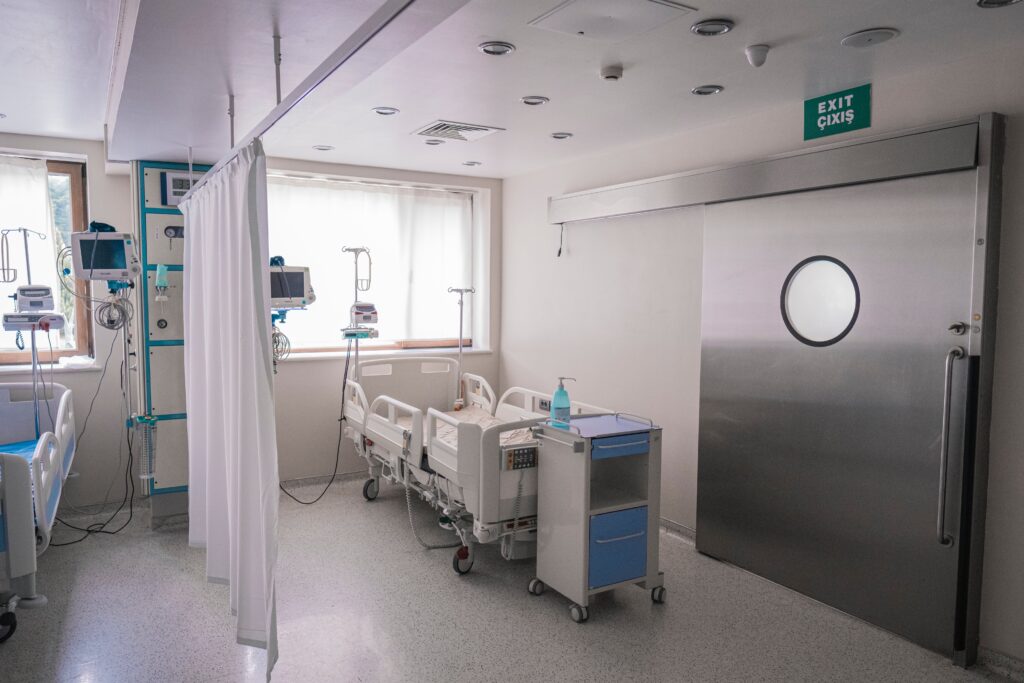
4. Common Essential Equipment Across All Levels
While the equipment needs vary by level of care, some items are important in all healthcare settings:
- Sterilization Equipment: Sterilization equipment destroys any harmful microorganisms, thereby maintaining a clean, sterile environment. They include autoclaves and disinfection systems to maintain infection control.
- Medical Waste Management: Effective Medical waste management is key to a healthy environment. Waste management tools facilitate the safe disposal of medical waste.
- Emergency Equipment: Emergency tools enable medical staff to tackle any arising health issues at hand. Equipment includes Defibrillators, crash carts, and emergency oxygen supplies.
- Patient Beds: These beds should be adjustable beds to increase patient comfort and care.
- Diagnostic Software: Diagnostic software includes radiology and laboratory information systems (RIS/LIS) for managing diagnostic data. They also furnish key information to be acted upon by medical staff.
- Medical Supplies: These are supplies that are used in most medical processes. They include bandages, syringes, IV equipment, and other consumables.
Conclusion
The essential equipment needed in hospitals varies significantly depending on the level of care they provide. From basic examination tools in primary care clinics to highly specialized equipment in tertiary care centers, the healthcare landscape demands a wide array of instruments and technologies. Ensuring that hospitals are well-equipped not only improves patient care but also enhances the efficiency and effectiveness of healthcare delivery. It is crucial for healthcare administrators and providers to continuously assess and update their tools inventory to meet the evolving needs of their patients and communities.

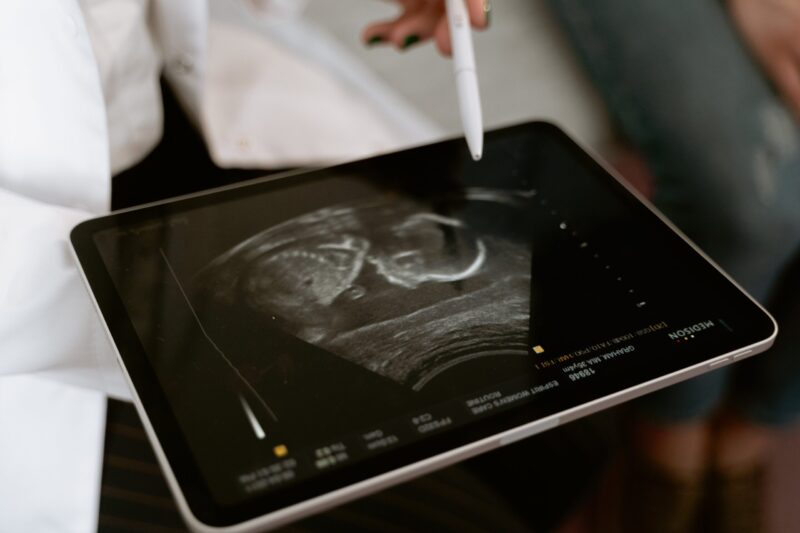
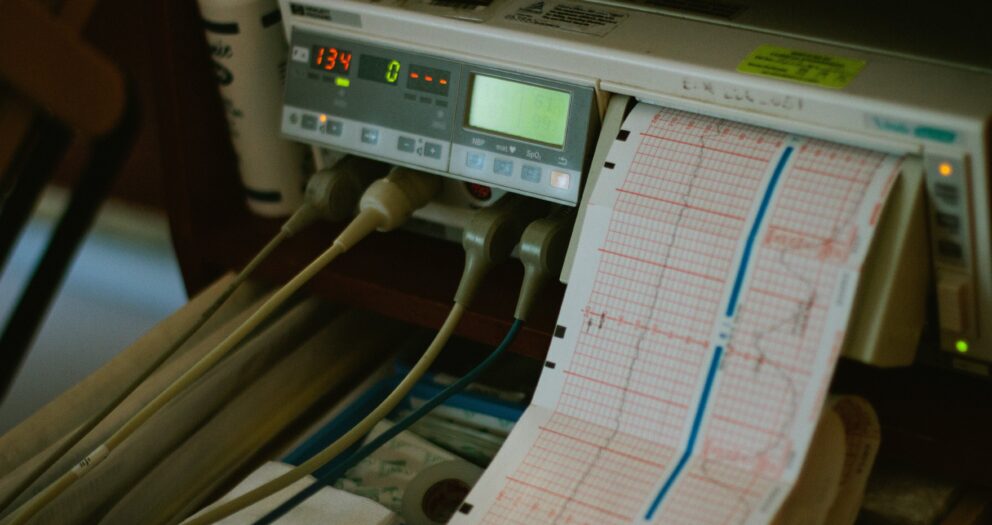
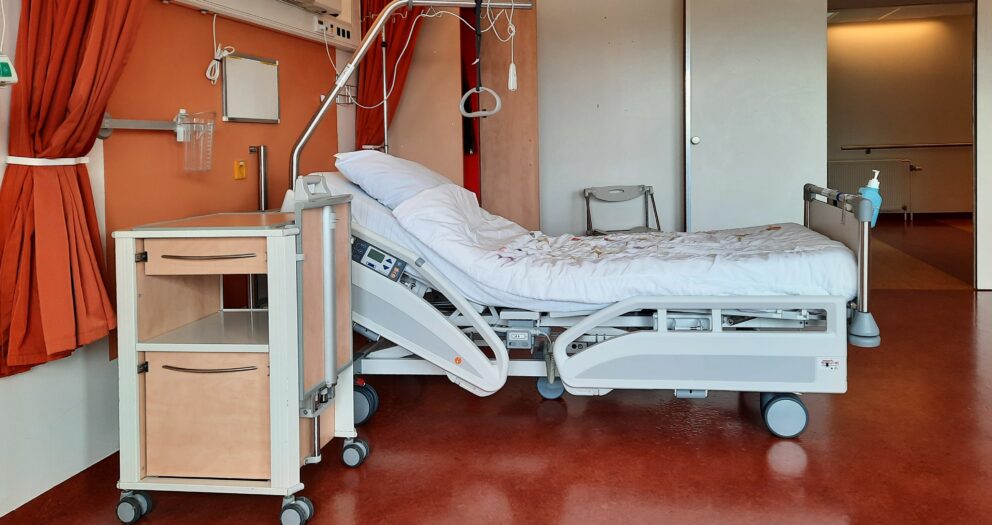
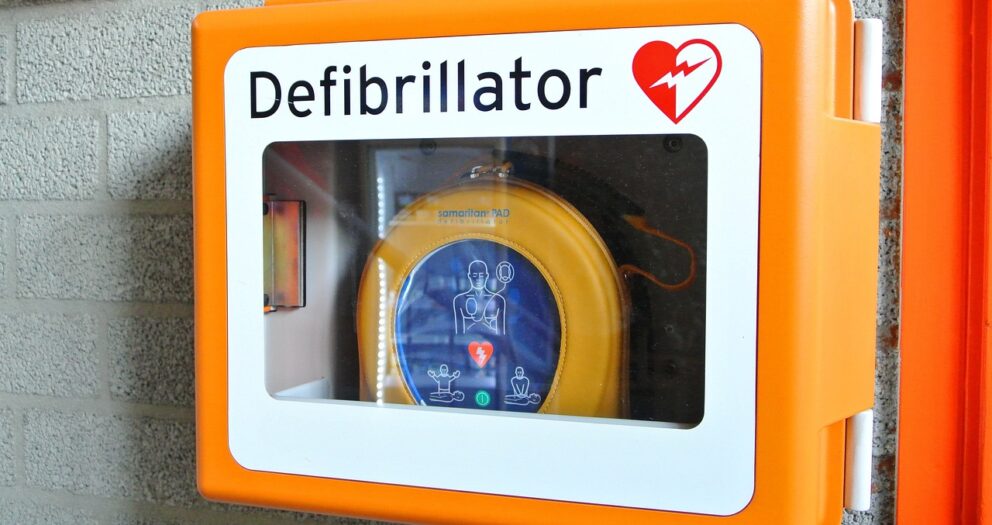
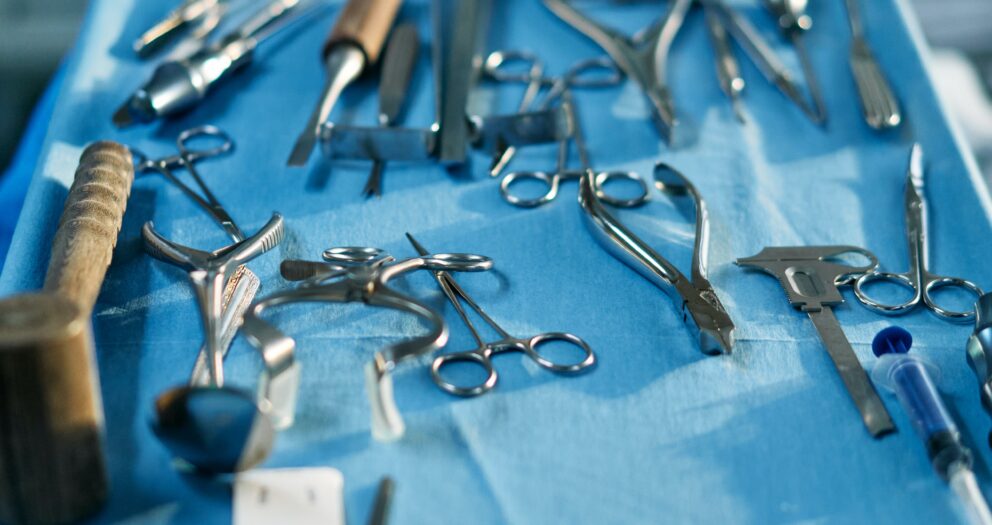
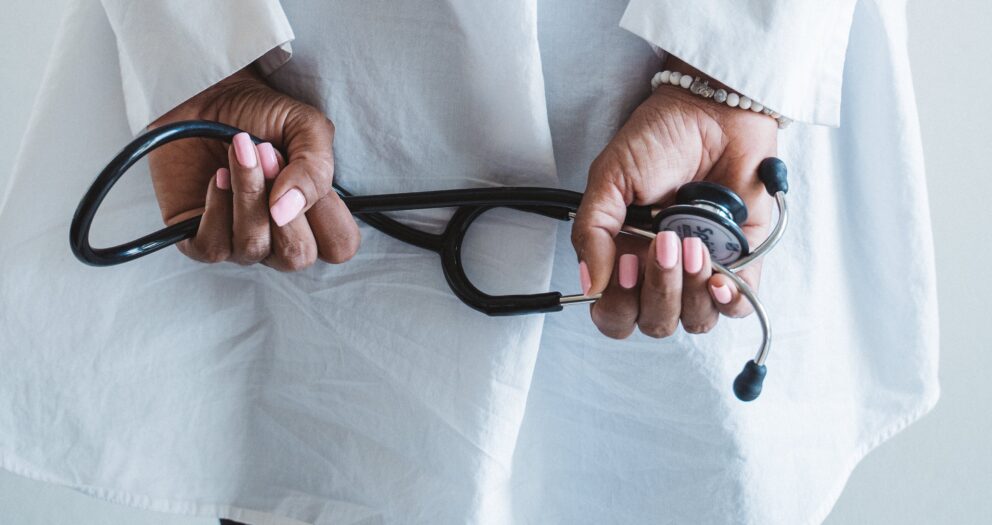
Write a comment
Your email address will not be published. All fields are required